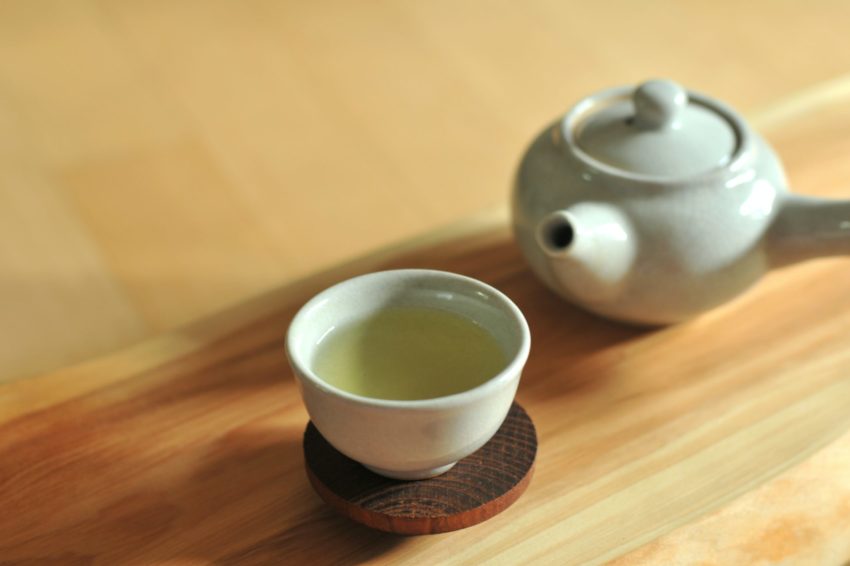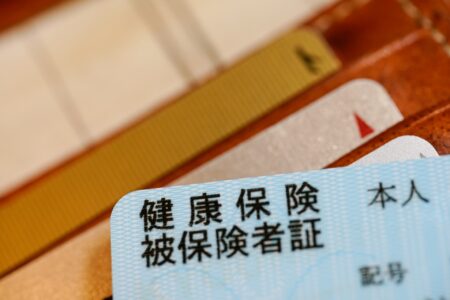Tea: It Makes Everything Better!

CONTENTS
Top Photo by Na visky on Unsplash
Tea has been an important part of the culture and everyday life in Japan for centuries. We know for a fact that it is one of the reasons why Japan is considered one of the countries with the highest life expectancy in the world. And we here at MUSUBI love tea!
Since it is the most popular beverage in Japan, various types of teas are widely available and consumed by many. So, let’s get into the fun of learning some types of Japan’s native green tea, and their health benefits. Then, you too can choose the tea that best that suits your taste!
The Types of (Green) Tea
Ryokucha (Green Tea)
From the emerald-green color created when brewing unfermented tea leaves, green tea has been proven to be beneficial to our body. There are different grades of tea that are cultivated depending on the timing of the harvest and the amount of sunlight they received:
Gyokuro is the top-grade tea which contains a lot of caffeine and chlorophyll that stimulates tissue growth, resulting in healthy skin. It has a lower astringency and richer flavor.
Sencha is the most common type of Japanese green tea with delicate sweetness and mild astringency. It highly contains of vitamin C and is especially popular among women as a teatime drink.
Bancha tea leaves on the other hand is more astringent and has less fragrant than Sencha, making it just the right tea to sip after a heavy meal.
Matcha (Powdered Green Tea)
Another type of green tea that is grinded into thin powder and then whisked with hot water is the matcha or powdered green tea. It is commonly used in tea ceremonies, a well-known Japanese cultural activity. Matcha contains a class of antioxidants called catechins , which are believed to fight against cancer and diabetes. It is also used for making Japanese confections.
Konacha (Residual Green Tea)
The green tea that is usually served in a sushi restaurant is the Konacha . It consists of the tea buds, tea dust and small tea leaves that remained after processing gyokuro or sencha. It is also often used in making tea bags.
Hojicha (Roasted Green Tea)
By roasting the tea, the leaves turn a reddish-brown color, and the caffeine is sublimated which makes for a less bitter, sweet, and slightly caramel-like aroma. Hojicha also provides a relaxing effect due to an amino acid called L-Theanine. For this reason, it becomes a suitable drink for children, the elderly, and those recovering from illness. It can also be served cold in hot summer.
Genmaicha (Green Tea with Roasted Brown Rice)
Genmai or brown rice is blended with the roasted leaves which produces a distinct and fragrant aroma. The nutty taste and mild flavor make it the ideal tea to drink after an oily meal or deep-fried foods, such as tempura. It is also known to help improve oral health thanks to the polyphenols contained in its leaves.
The Health Benefits
Numerous studies have shown that a variety of teas may boost your immune system, fight off inflammation, and even ward off cancer and heart disease. While some brews provide more health advantages than others, there’s plenty of evidence that regularly drinking tea can have a lasting impact on your wellness.
Wanting to stay healthy is what we all want to achieve while enjoying life. A healthy lifestyle can help you thrive throughout your life. Making healthy choices isn’t always easy, which is why it’s us to find the time and energy to make effort in keeping our health in check.
Perhaps one of the solutions is to just simply drink a bottle of tea. William Ewart Gladstone once said, “If you are cold, tea will warm you; if you are too heated, it will cool you; if you are depressed, it will cheer you; if you are excited, it will calm you”. We’re inclined to agree!
Photo Credits & Information:
Top Photo by Na visky on Unsplash
Additional Information Source
All other content (text) created by the original author and © 2021 MUSUBI by Borderlink
RELATED
-

Fundamental Fitness: How to Avoid a Transplant
Top Photo: Timothy Ian Horn, used with permission There’s a sickness that cannot be cured with simple re… -

Gut Checking in Japan
Top Photo: 8-Low Ural on Unsplash Bacteria have a bad reputation and for good reason. The thought of eating a … -

Japan’s Health Insurance Explained
Top Photo: uopicture on PhotoAC Are you new to Japan (or soon to come to Japan) and confused about how the hea…
PEOPLE

The MUSUBI Staff
Collaborative works put together by our many talented writers and editors!


